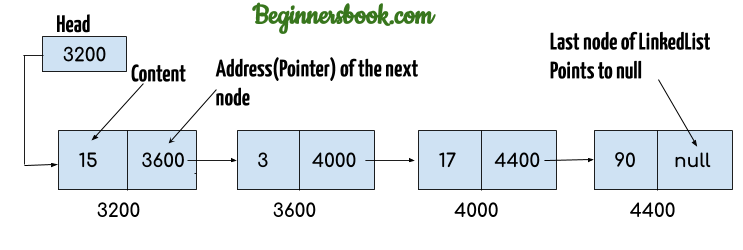
("Expected size 0, Actual size: " + myStack. ("Expected popped value 1, Actual popped value: " + i) ("Expected popped value 2, Actual popped value: " + i) ("Expected popped value 3, Actual popped value: " + i) ("Expected size 2, Actual size: " + myStack.size()) ("Expected size 3, Actual size: " + myStack.size()) There is the push method for adding an object, and there is the pop method for popping an object off the stack, as well as some other methods such as peek, size, isEmpty. In the following stack implementation, it uses linked list to implement the stack. Returns a string that represents the current object.Ĭasts the elements of an IEnumerable to the specified type.įilters the elements of an IEnumerable based on a specified type.Ĭonverts an IEnumerable to an IQueryable.Stack is a first in last out, last in first out data structure.
Returns a synchronized (thread safe) wrapper for the Stack. To instantiate a generic Java class, addInserts an object at the top of the Stack. Removes and returns the object at the top of the Stack. Returns the object at the top of the Stack without removing it. Gets an object that can be used to synchronize access to the Stack.ĭetermines whether an element is in the Stack.Ĭopies the Stack to an existing one-dimensional Array, starting at the specified array index.ĭetermines whether the specified object is equal to the current object.Ĭreates a shallow copy of the current Object. Gets a value indicating whether access to the Stack is synchronized (thread safe). Gets the number of elements contained in the Stack. Initializes a new instance of the Stack class that is empty and has the specified initial capacity or the default initial capacity, whichever is greater. Initializes a new instance of the Stack class that contains elements copied from the specified collection and has the same initial capacity as the number of elements copied. Initializes a new instance of the Stack class that is empty and has the default initial capacity. Stack accepts null as a valid value and allows duplicate elements. If the capacity needs to be increased to accommodate the new element, Push becomes an O(n) operation, where n is Count. If Count is less than the capacity of the stack, Push is an O(1) operation. For more information, see Non-generic collections shouldn't be used on GitHub. Instead, we recommend that you use the generic class. We don't recommend that you use the Stack class for new development. As elements are added to a Stack, the capacity is automatically increased as required through reallocation. The capacity of a Stack is the number of elements the Stack can hold.
INSTANTIATING A LINKED LIST STACK JAVA CODE
' This code produces the following output. Public Shared Sub PrintValues(m圜ollection As IEnumerable)


Since a stack just has to follow the LIFO policy, we can implement it using a linked list as well as with an array. It means that the item which enters at last is removed first.

Displays the properties and values of the Stack.Ĭonsole::WriteLine( "\tCount: ", myStack.Count)Ĭonsole.Write(ControlChars.Tab & "Values:") It works on LIFO (Last In First Out) policy. Void PrintValues( IEnumerable^ m圜ollection )

INSTANTIATING A LINKED LIST STACK JAVA HOW TO
The following example shows how to create and add values to a Stack and how to display its values. ICollection IEnumerable ICloneable Examples Implements ICloneable, ICollection Inheritance Implements ICollection Public Class Stack Implement Java program for stack data structure using linked list that internally uses a generic linked list to store stack items. Public class Stack : ICloneable, type Stack = class public ref class Stack : System::Collections::ICollection public ref class Stack : ICloneable, System::Collections::ICollection public class Stack : public class Stack : ICloneable, Represents a simple last-in-first-out (LIFO) non-generic collection of objects.


 0 kommentar(er)
0 kommentar(er)
